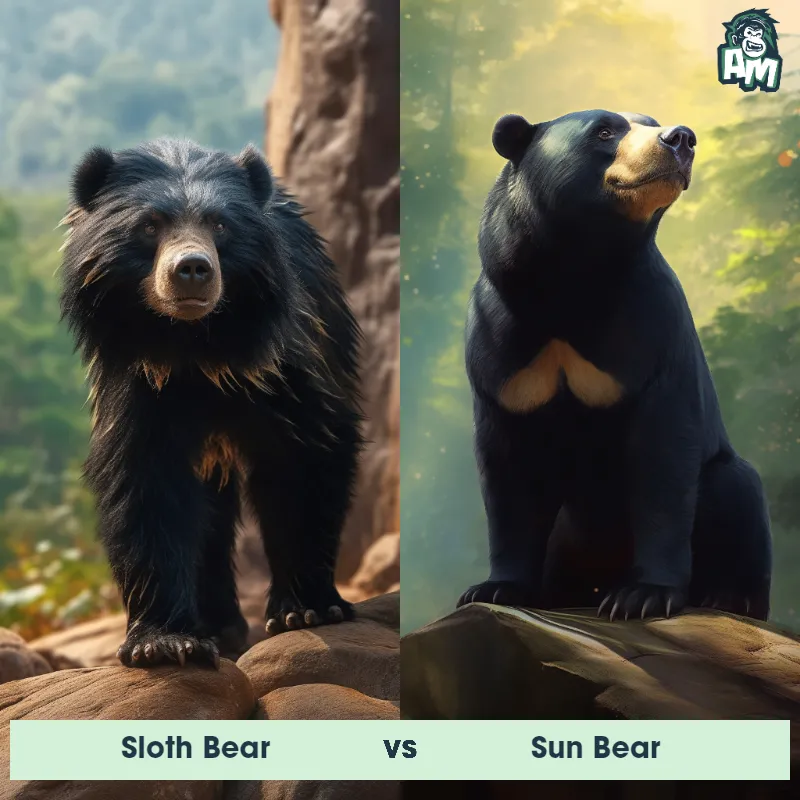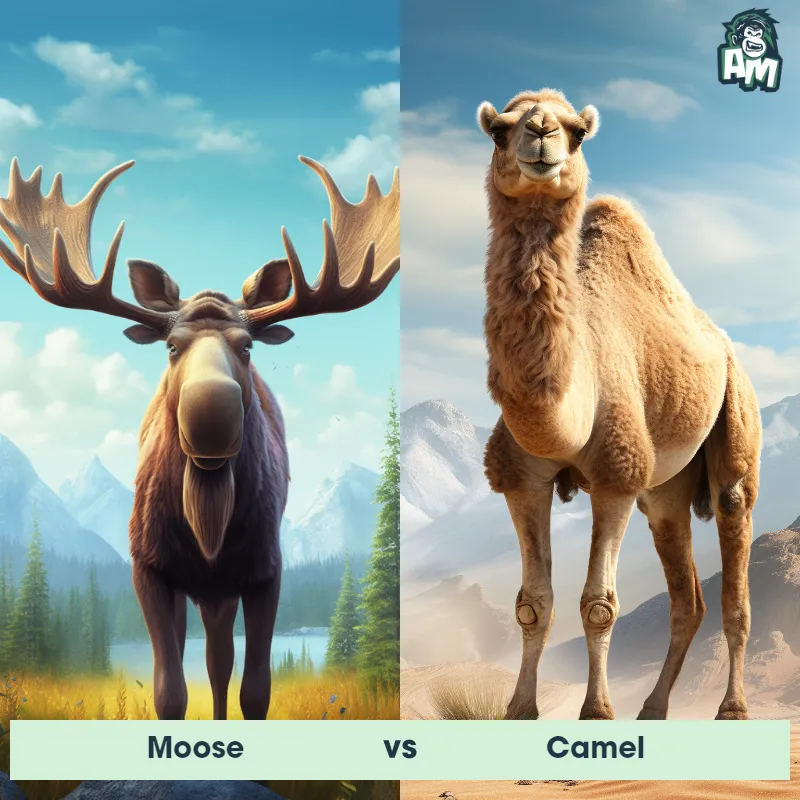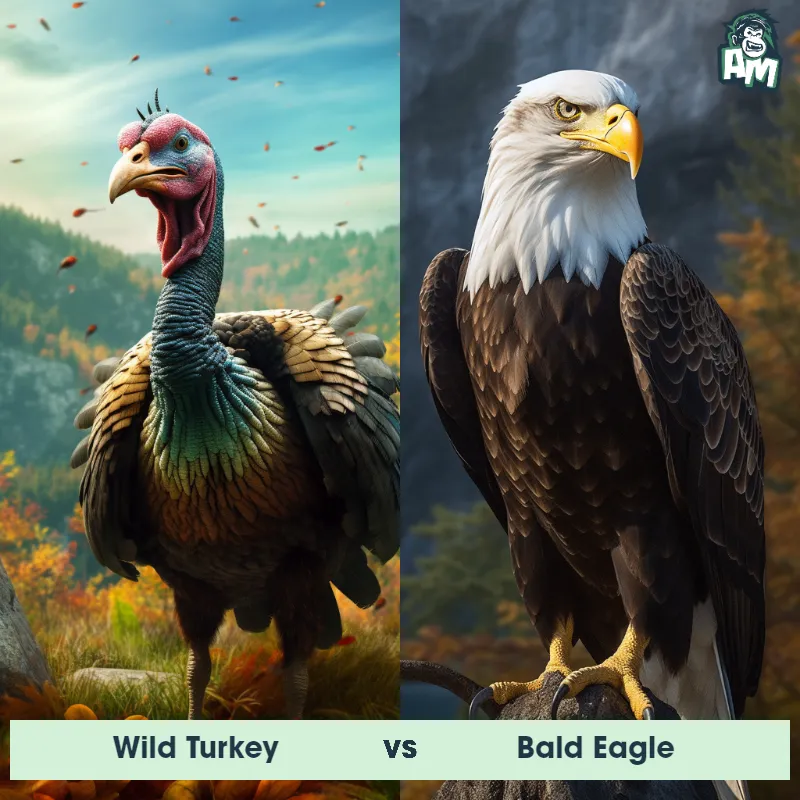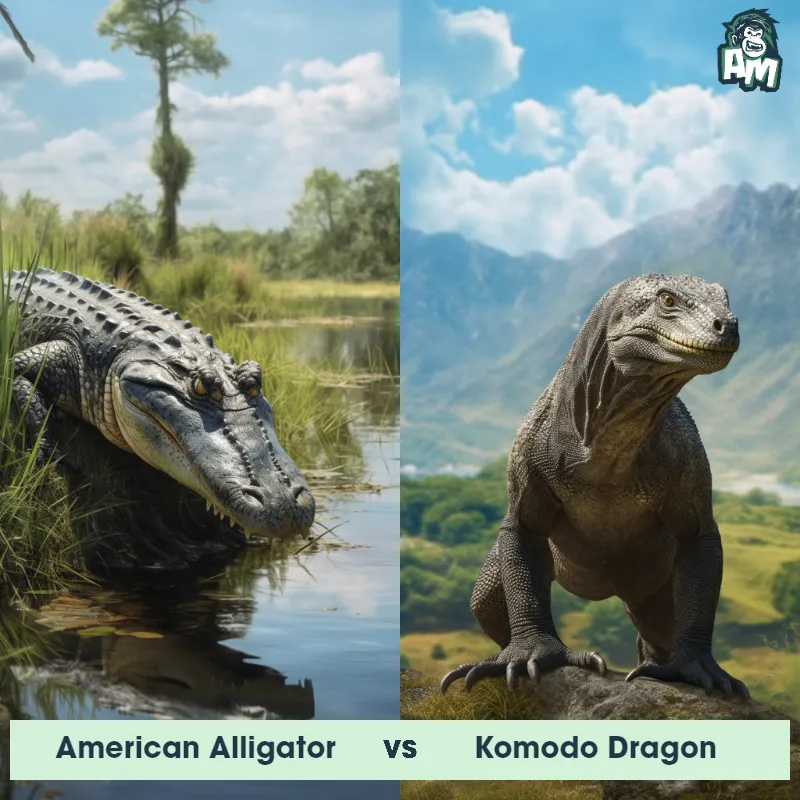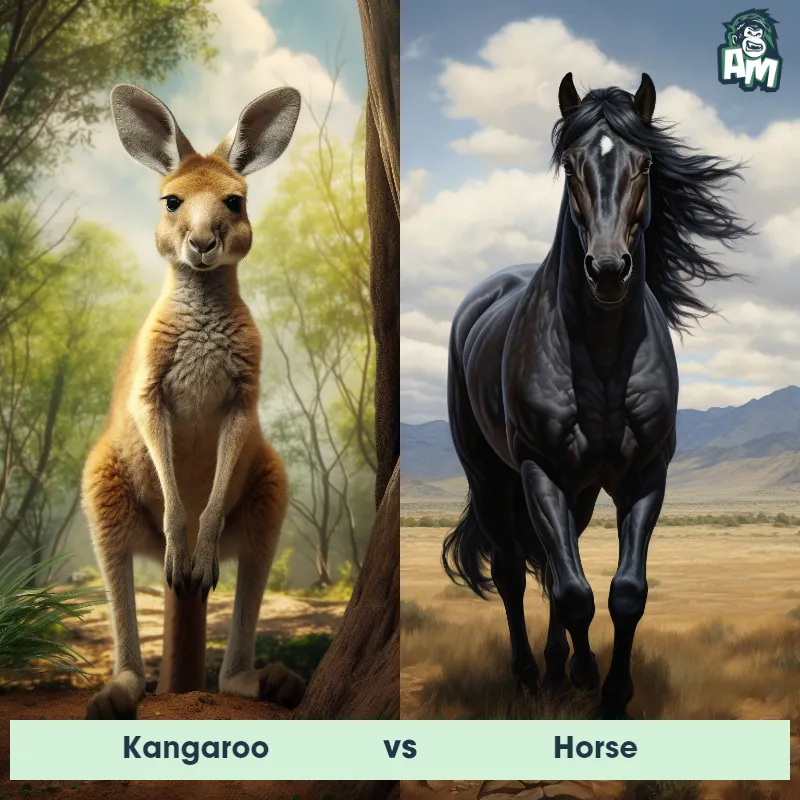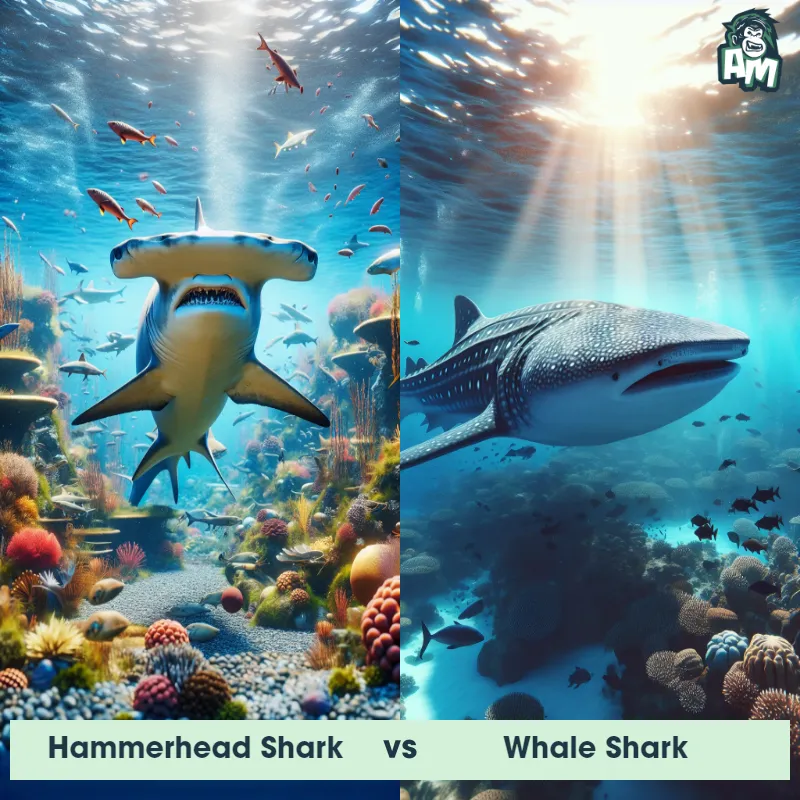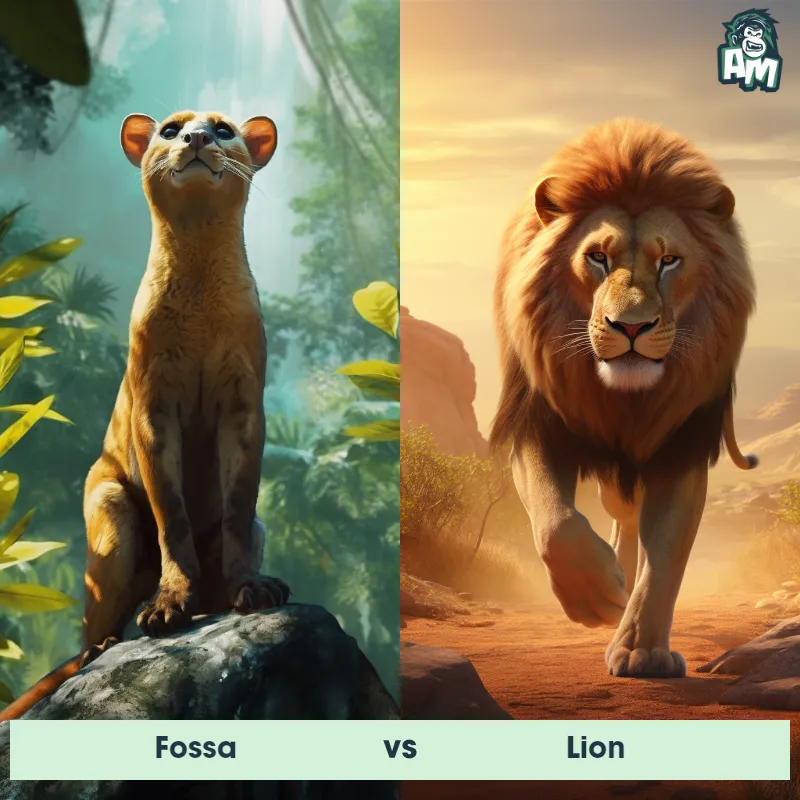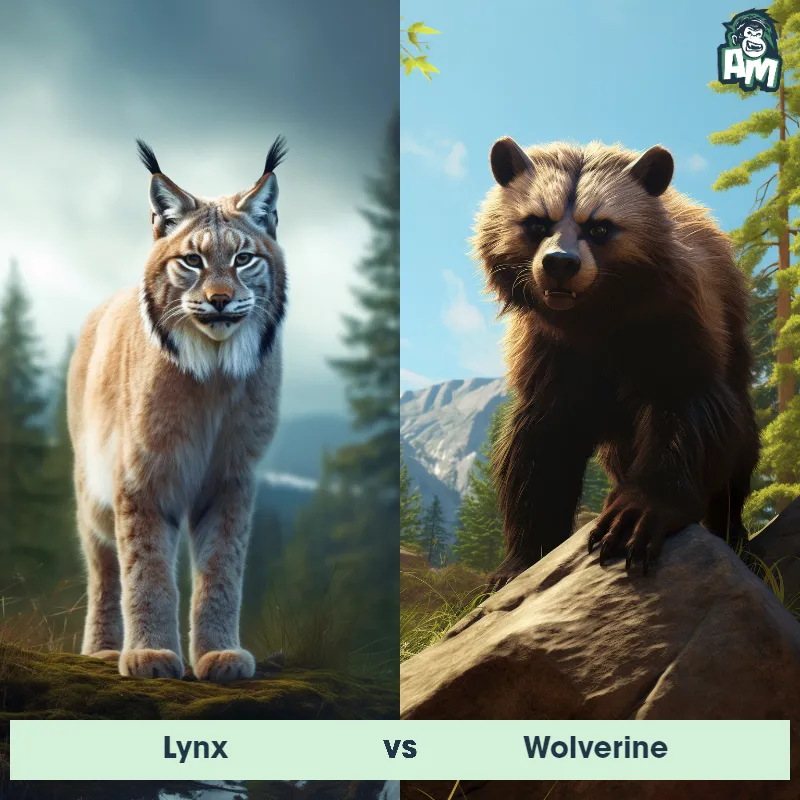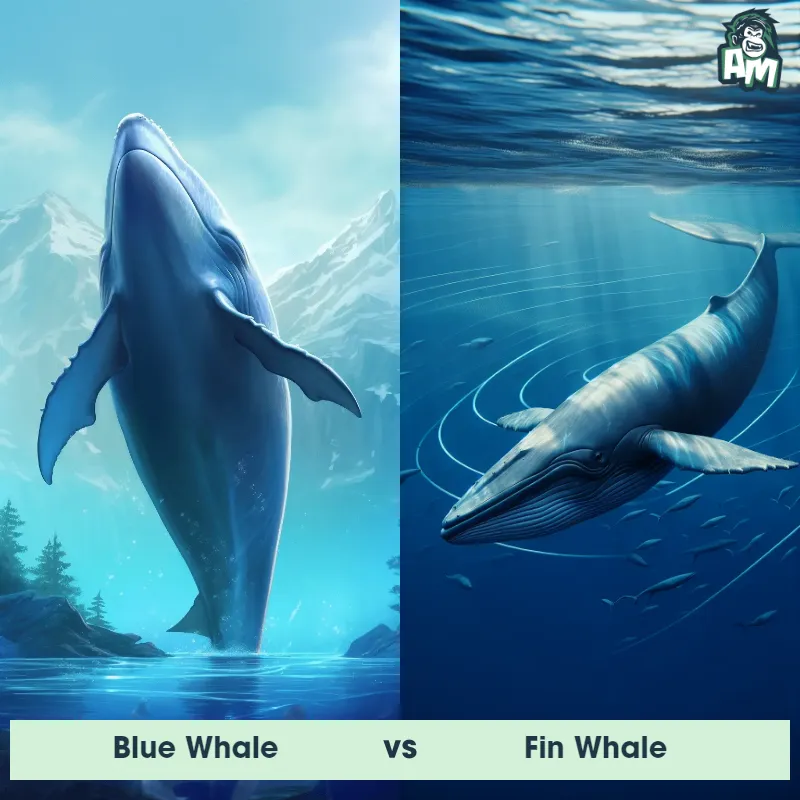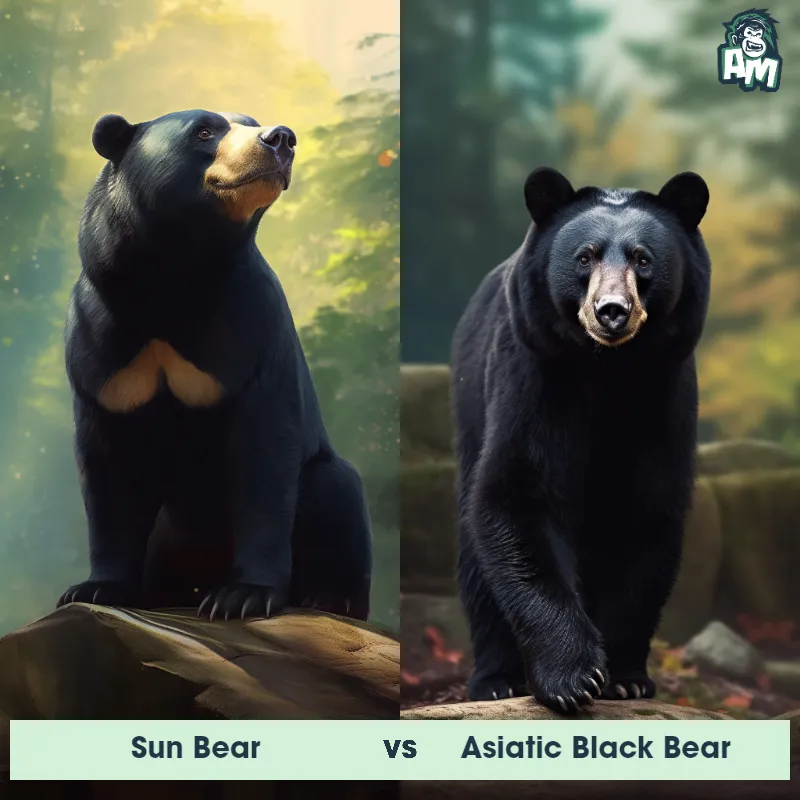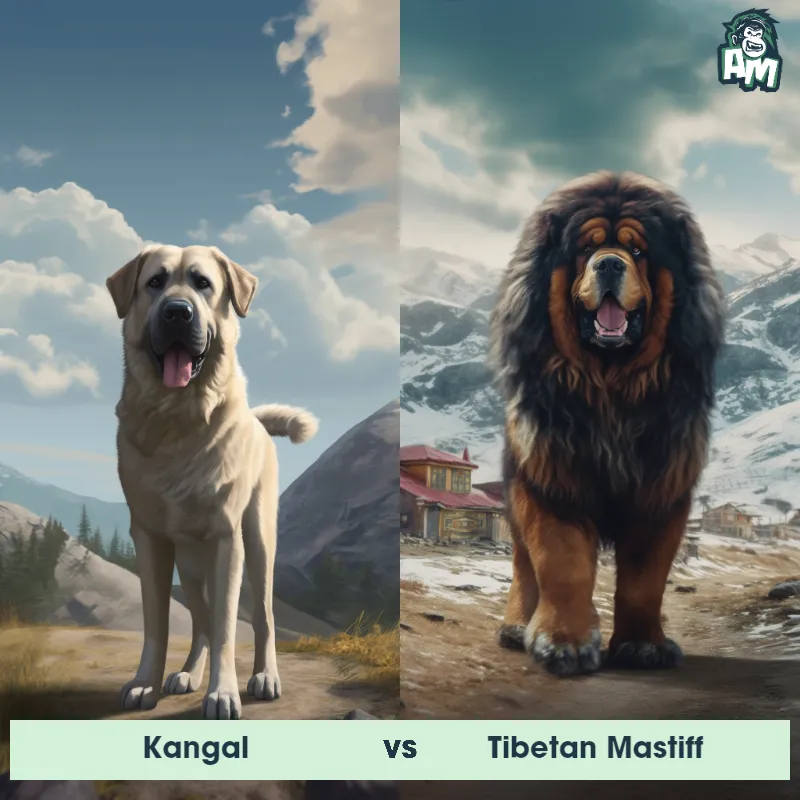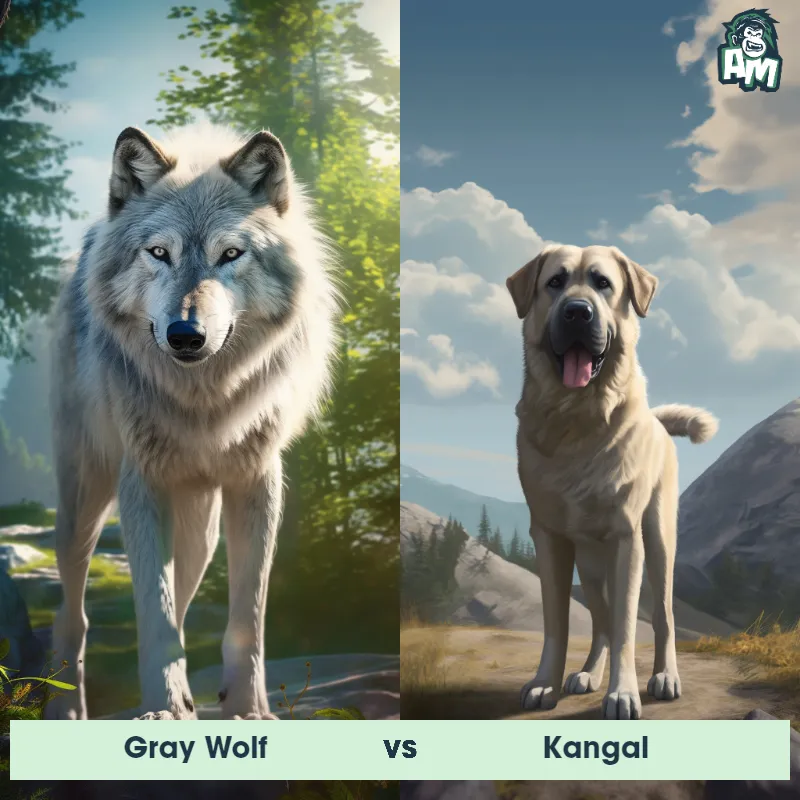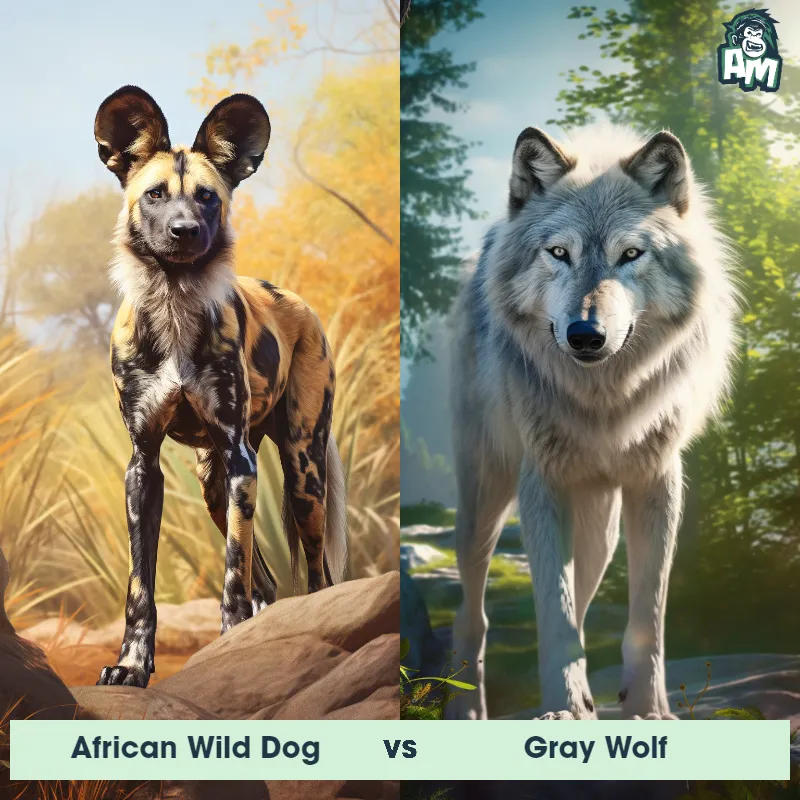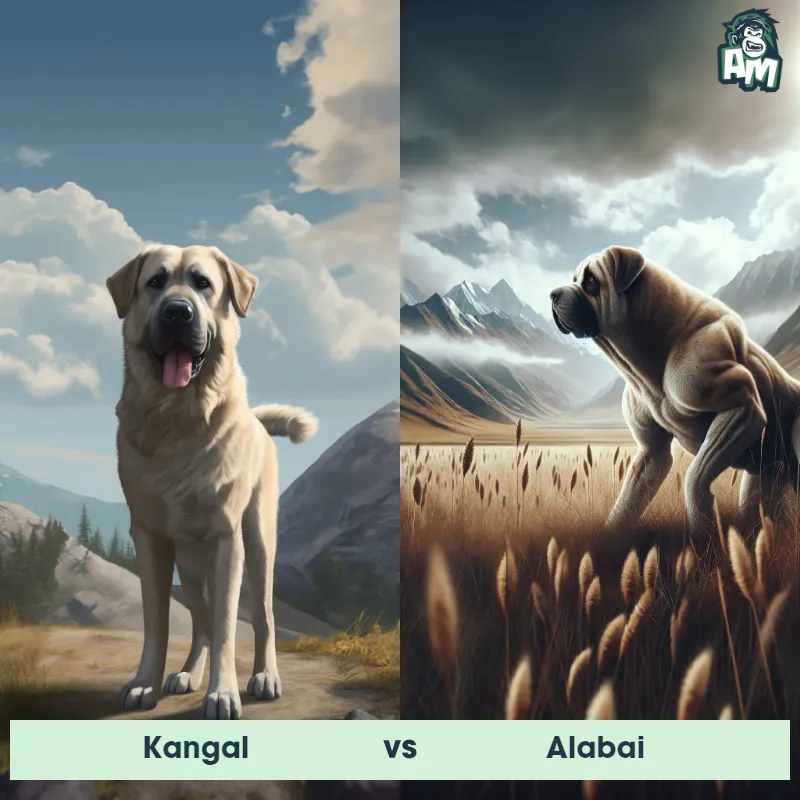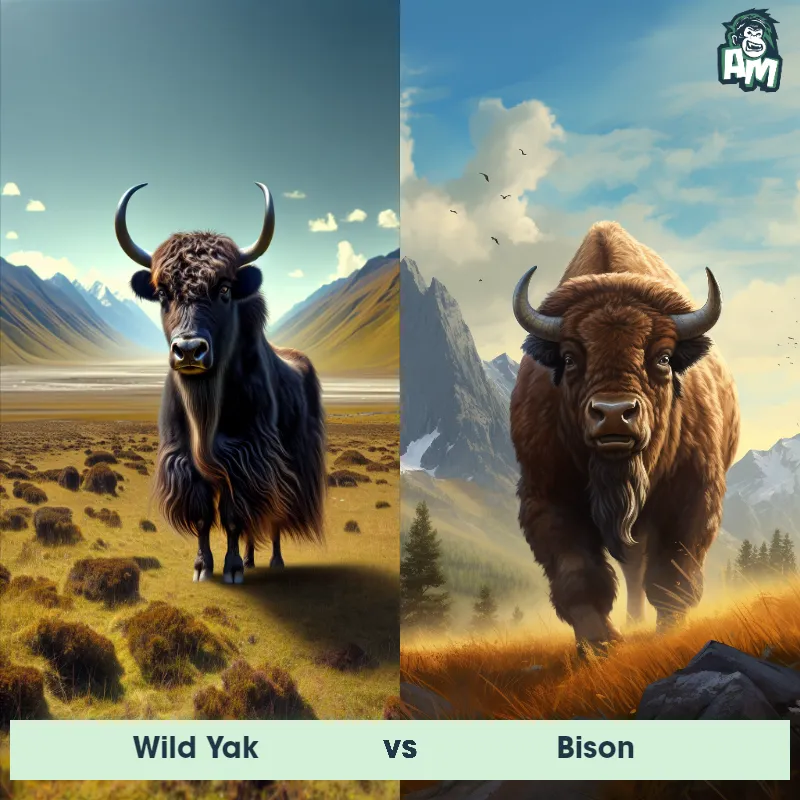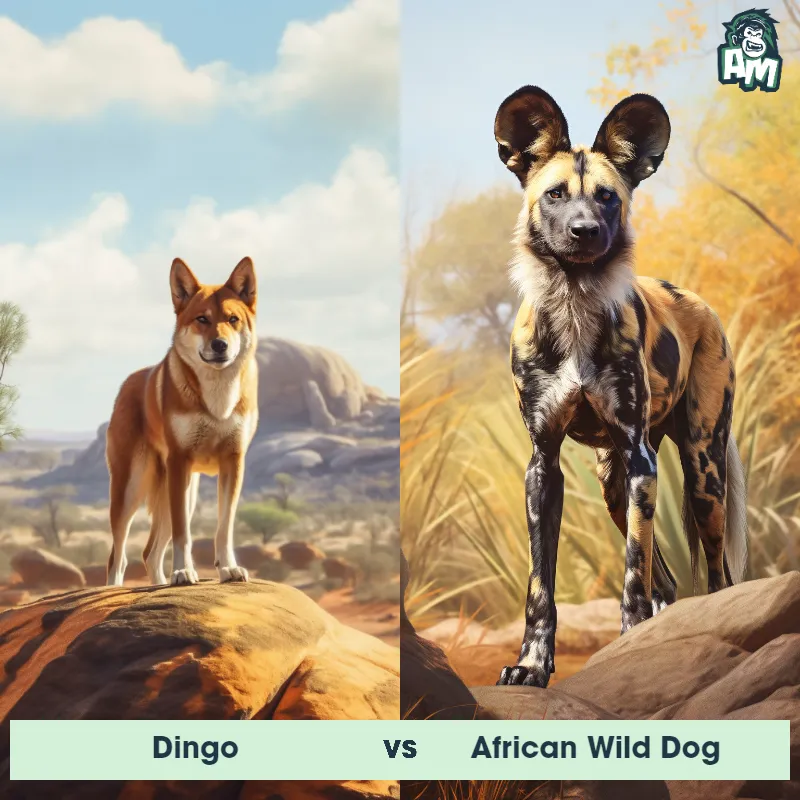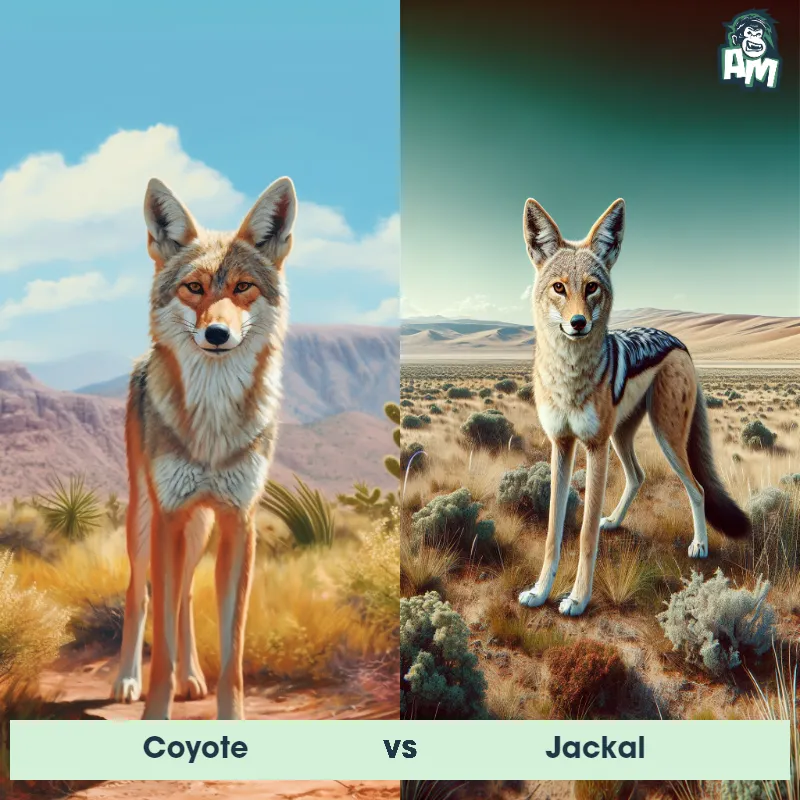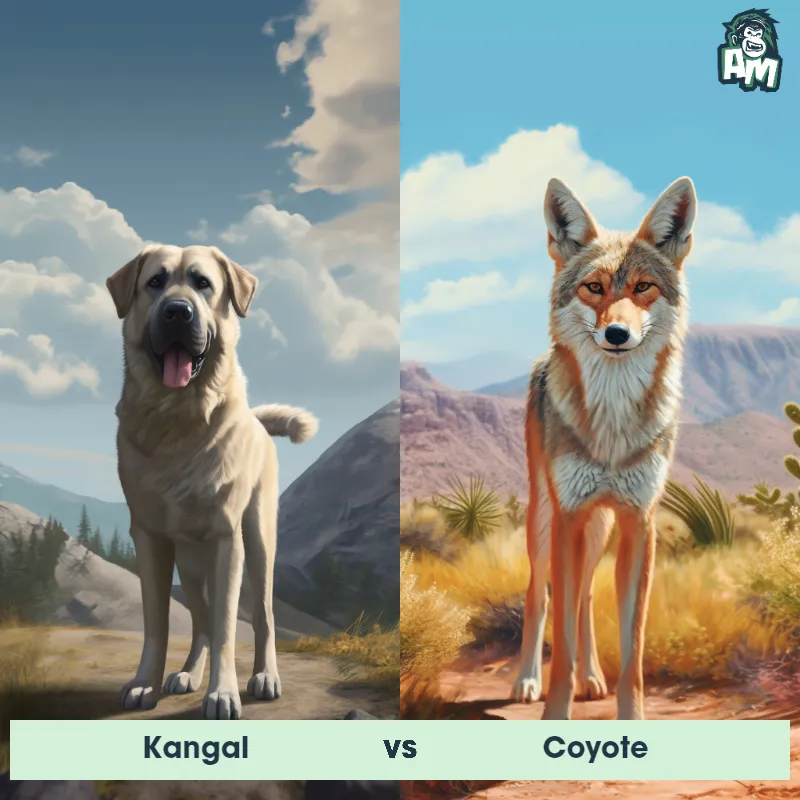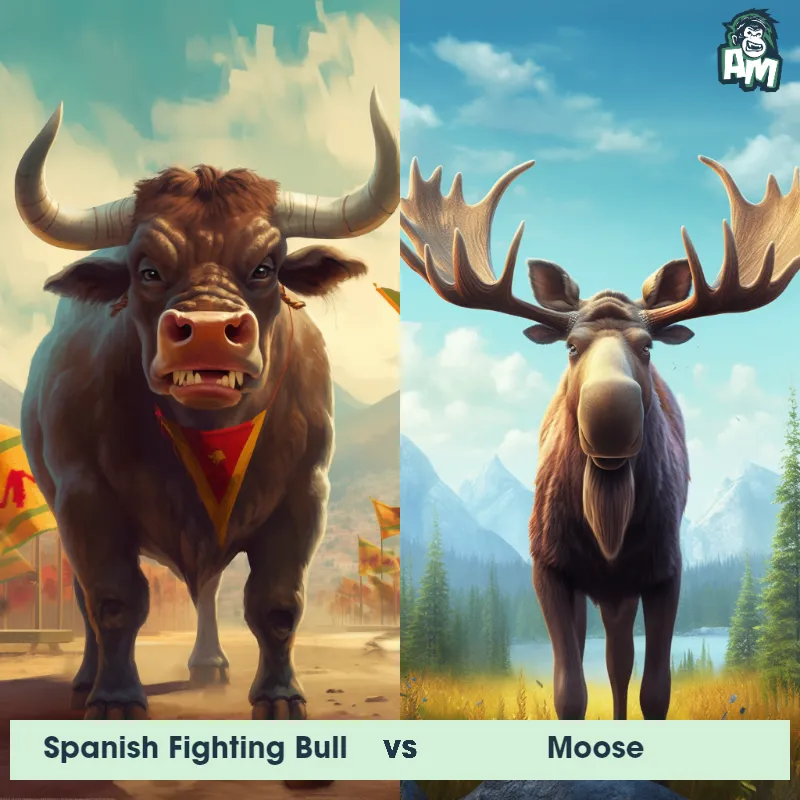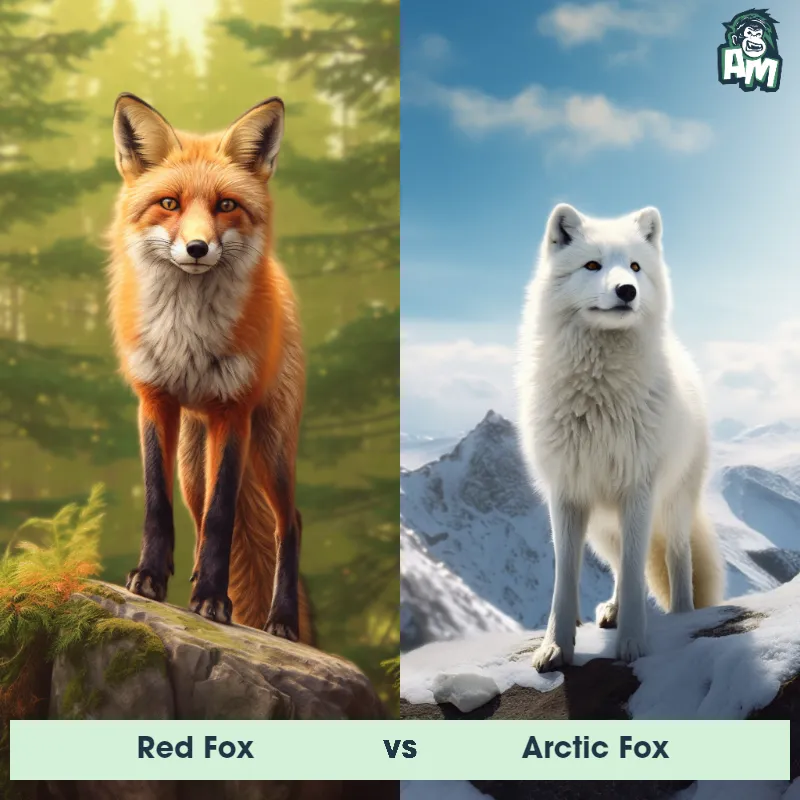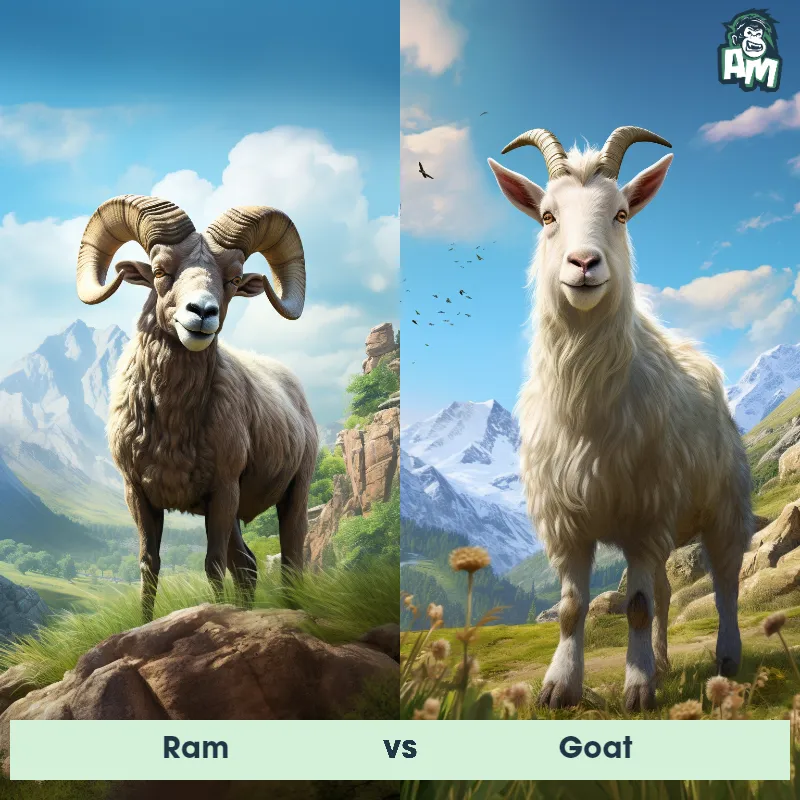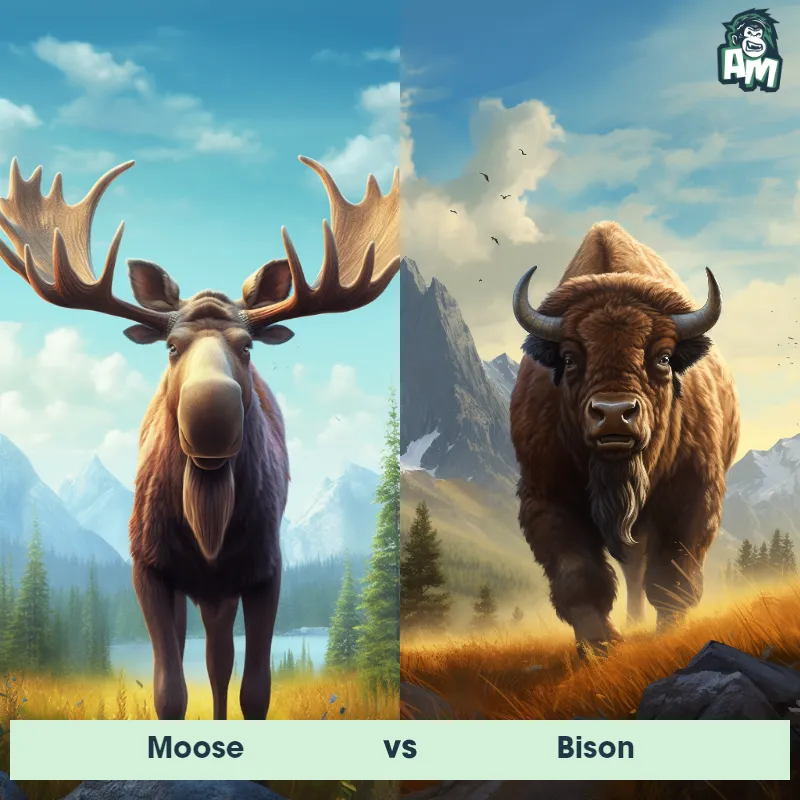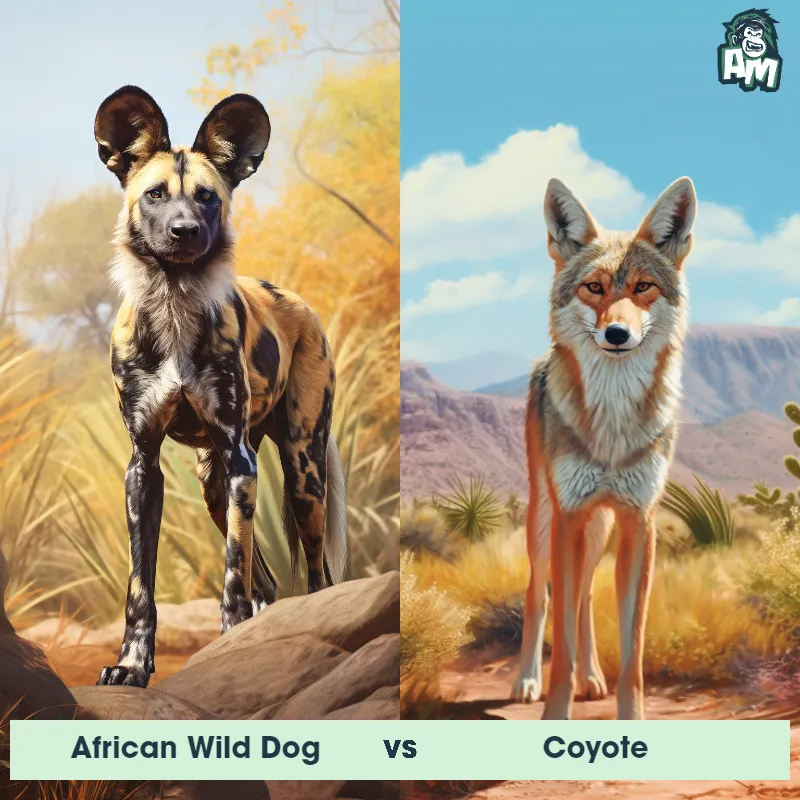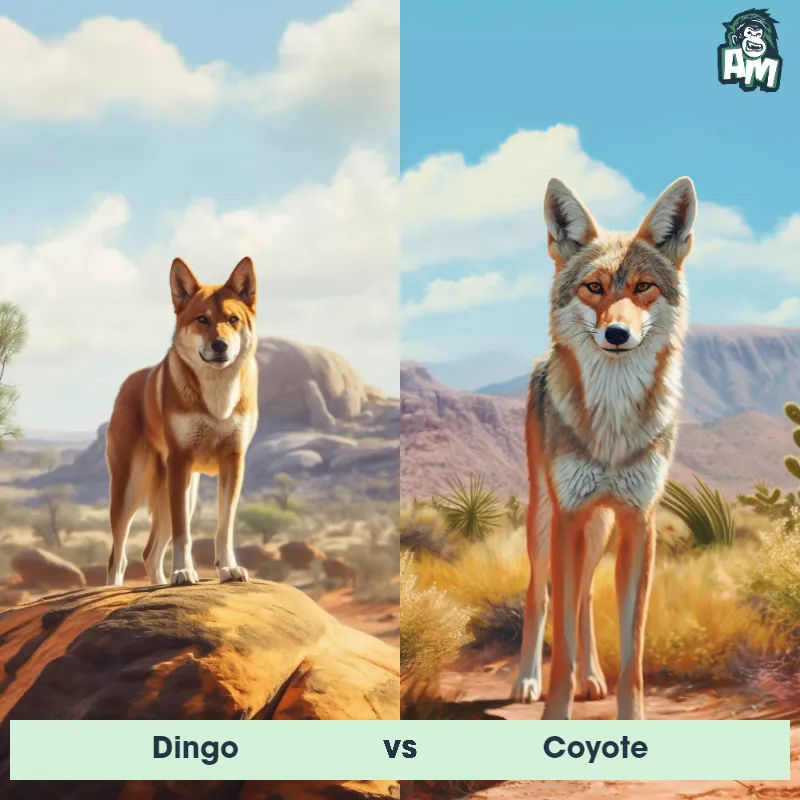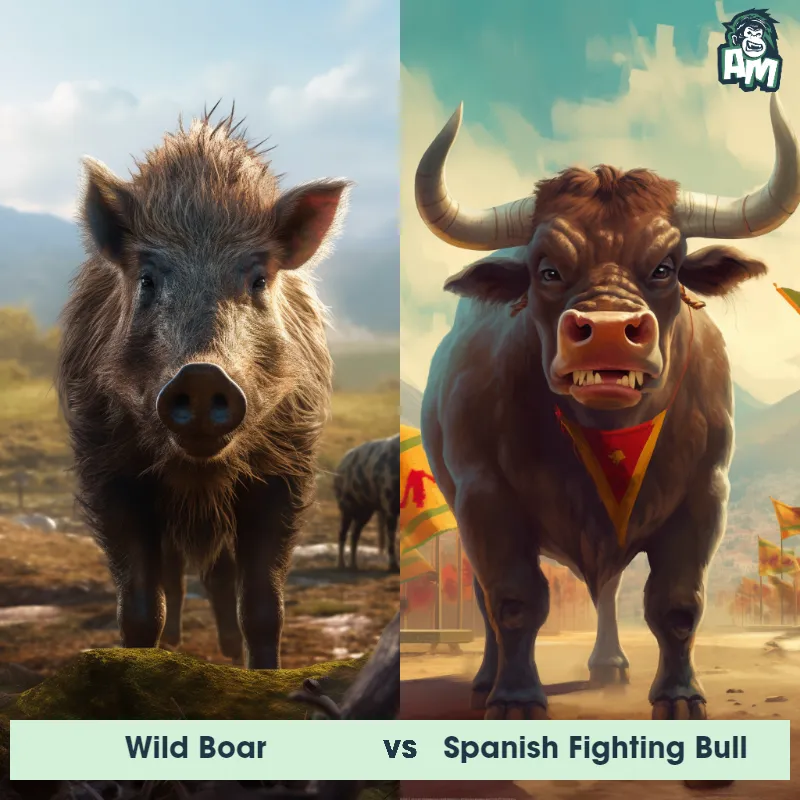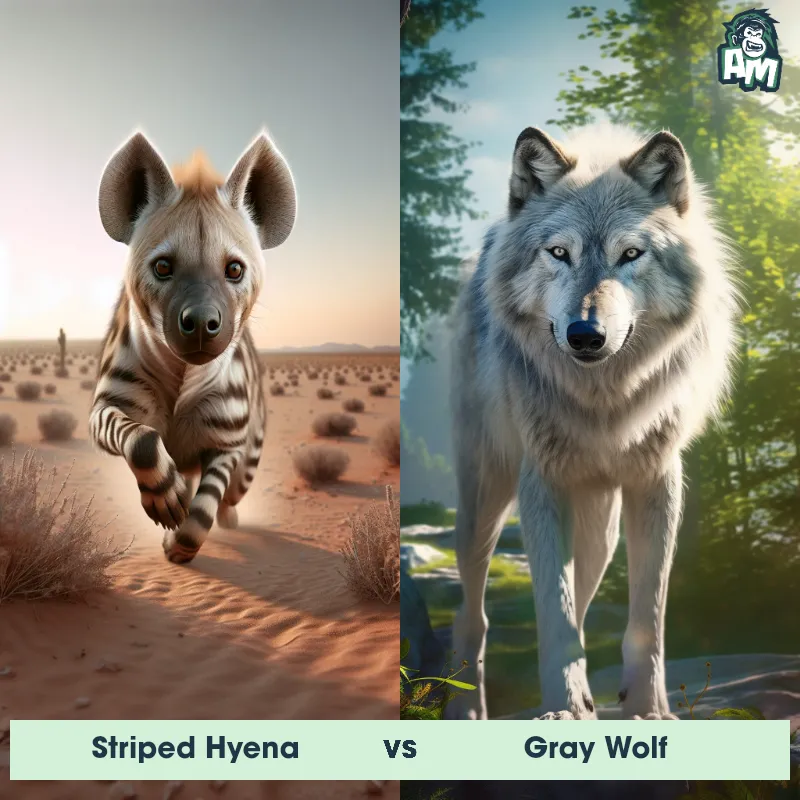Coyote vs CowSee Who Wins

Ladies and gentlemen, welcome to this thrilling matchup here tonight! We have an intriguing clash between two formidable opponents. In the blue corner, we have the nimble and cunning Coyote. And in the red corner, we have the sturdy and powerful Cow. Both animals are known for their unique strengths, and tonight, they will put it all on the line in this three-round fight. Fasten your seatbelts, folks, because this is going to be an exhilarating battle!
Contender 1: Coyote
The Coyote, also known as the American jackal, is a small, carnivorous mammal that belongs to the Canidae family. They have a slender, agile body with a bushy tail, pointed ears, and a long snout. Coyotes have a grayish-brown fur coat with a white underbelly, and their eyes are yellow and almond-shaped. They are known for their adaptability and intelligence, and can be found in a variety of habitats, from deserts to forests.
Fun Fact: Coyotes are known for their vocalizations, which include howls, yips, and barks, and they use these sounds to communicate with each other and establish their territory.
Contender 2: Cow
The Cow is a large domesticated mammal revered for its role in agriculture and sustenance. Characterized by their large bodies, wide snouts, and droopy ears, cows have a variety of breeds that differ in size, color, and purpose. Most cows have a distinctive hump over their shoulders and a long tail with a tuft at the end. They are ruminants with a complex digestive system that allows them to convert grasses, which humans cannot digest, into nutritious milk and meat.
Fun Fact: Cows have an excellent sense of smell and can detect odors up to six miles away, a vital adaptation for locating food and water.
Matchup Stats
| Coyote | Cow | |
|---|---|---|
| Size | 32-37 inches (81-94 cm) in length | 4.9 feet at shoulder height (1.5 meters) |
| Weight | 20-50 pounds (9-23 kg) | 1,600 pounds (725 kilograms) |
| Speed | Speed: 43 mph (69 km/hr) | 25 mph (40 km/h) |
| Key Strength | Speed and agility | Size and Weight |
| Biggest Weakness | Lack of physical strength | Slow Speed |
Current Votes
Coyote vs Cow
See Who Wins
View More Matches
Looking For More?
Similar Matches
Scientific Stats
| Coyote | Cow | |
|---|---|---|
| Scientific Name | Canis latrans | Bos taurus |
| Family | Canidae | Bovidae |
| Habitat | Various habitats, including deserts, forests, and grasslands | Grasslands, Pastures |
| Geography | North and Central America | Worldwide |
| Diet | Omnivorous, eats small rodents, insects, fruits, vegetables, and larger prey like deer and livestock | Herbivore (Grasses, Hay) |
| Lifespan | 10 years - 14 years | 15 years - 25 years |
Key Differences between Coyote and Cow
- Color Patterns: Coyotes usually have a pattern of darker fur on their back, lighter fur on their sides, and a paler belly, providing effective camouflage. In contrast, cows typically have a solid coloration, although some breeds have unique patterns like spots or patches.
- Size: Coyotes are significantly smaller than cows, with adult coyotes ranging from 32-37 inches in length and weighing between 20-50 pounds, whereas cows can grow to an average length of 60-100 inches and weigh anywhere from 1000-2000 pounds.
- Fur Texture: Coyotes possess a thick, coarse fur coat that is generally a mix of gray, brown, or reddish tones, often with a lighter-colored belly. Cows, on the other hand, possess short hair that is typically uniform in color, with variations depending on breed, ranging from black, brown, white, or a combination of these.
- Facial Features: Coyotes have a narrow muzzle, sharp-pointed nose, and keen, yellowish eyes. Cows, on the other hand, have a broad muzzle, nostrils facing downwards, and large, gentle eyes, usually brown or black.
- Body Shape: Coyotes have a slender, lean body shape with relatively long legs, a narrow chest, and a bushy tail that is usually carried downward. Conversely, cows have a robust body structure with a rounded abdomen and a long, straight tail that hangs down.
- Head Shape: Coyotes have a narrow, slightly pointed head with prominent, pointed ears that stand erect. In contrast, cows have a large, square-shaped head with short, rounded ears that hang downward.



